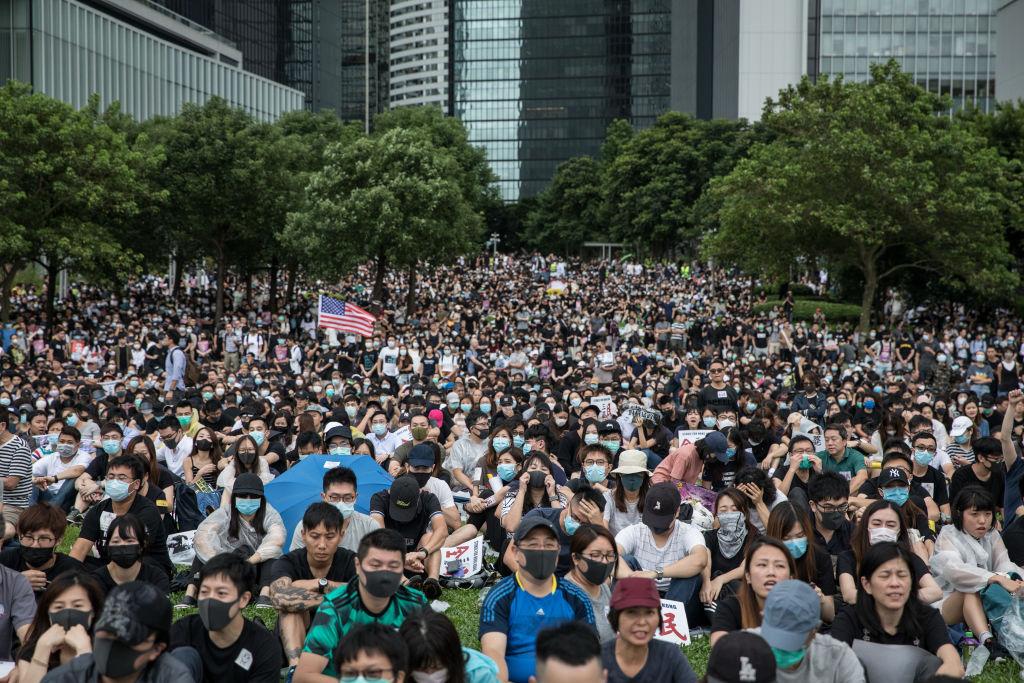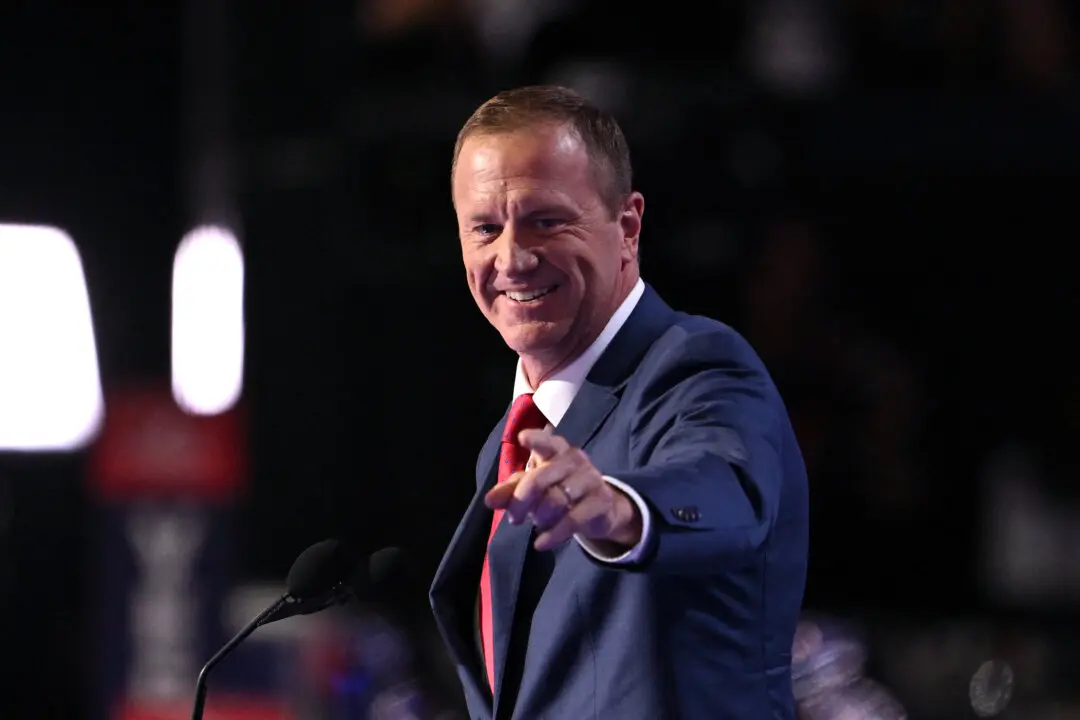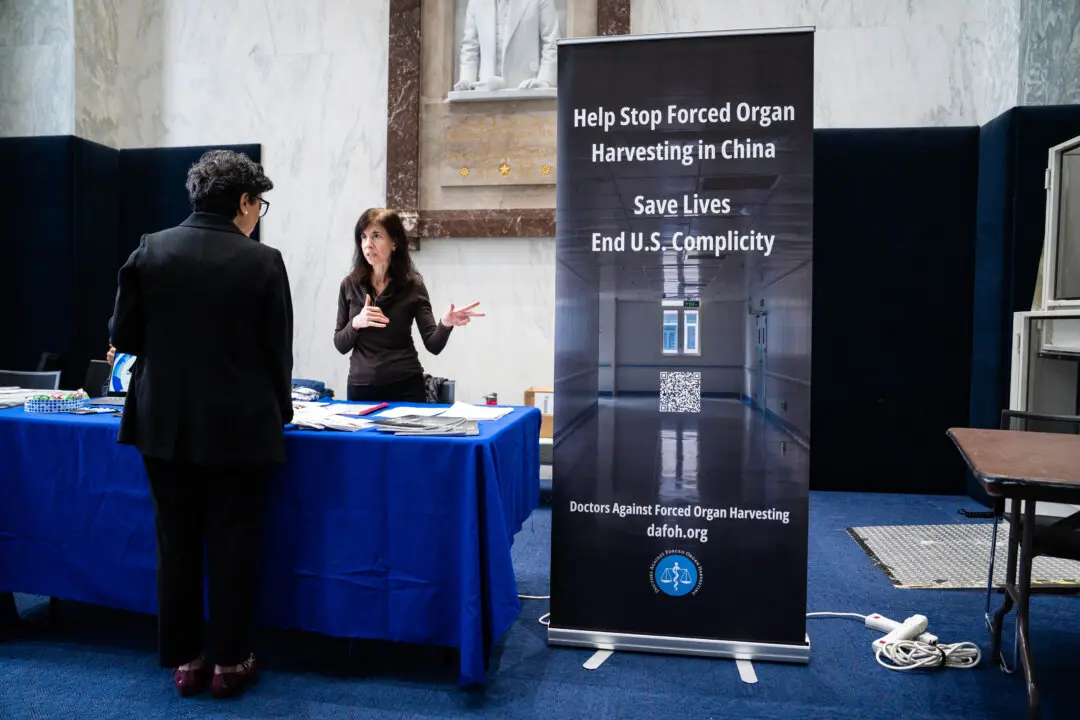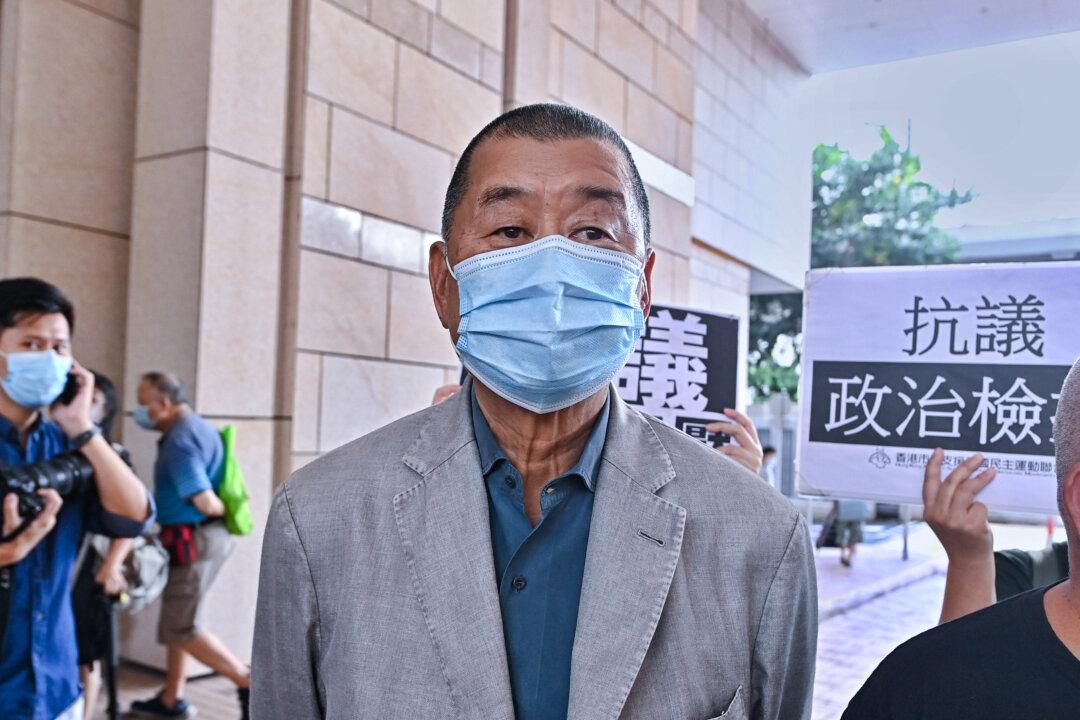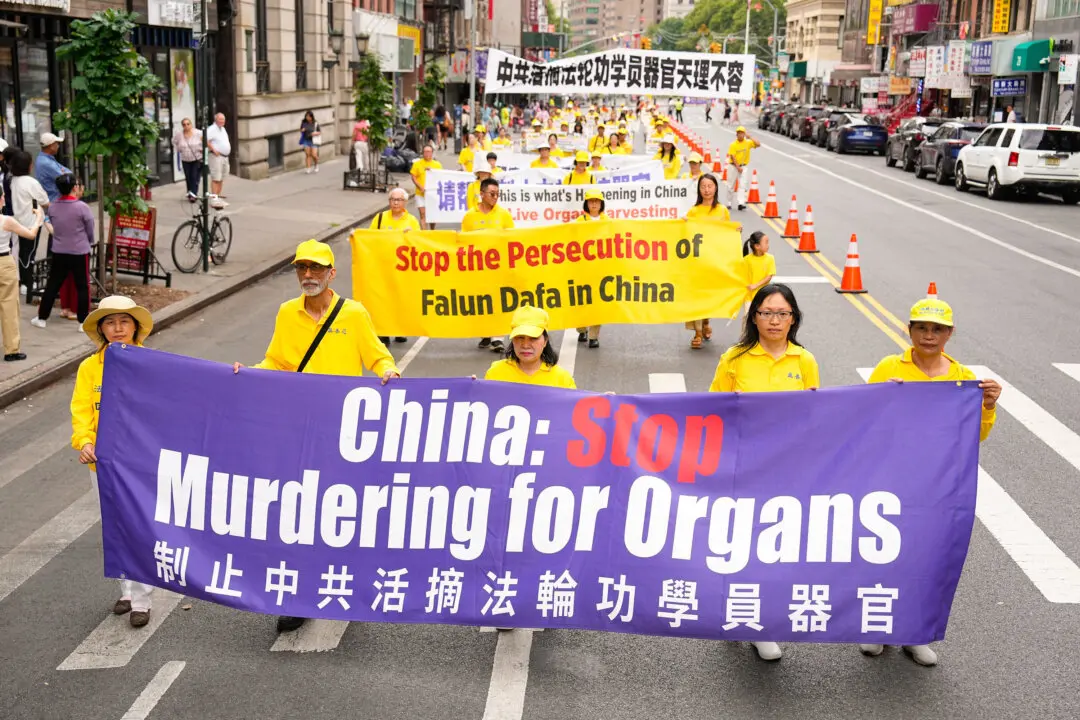An investigation by an Australian think tank found that Beijing bought Twitter spam accounts to spread misleading information about not just the Hong Kong protests, but also multiple events dating as far back as 2015.
The Australian Strategic Policy Institute (ASPI), a nonpartisan defense and strategic policy think tank, recently released a report analyzing Twitter accounts the company suspended in August and their 3.6 million tweets, which were published between December 2007 and May 2019.
